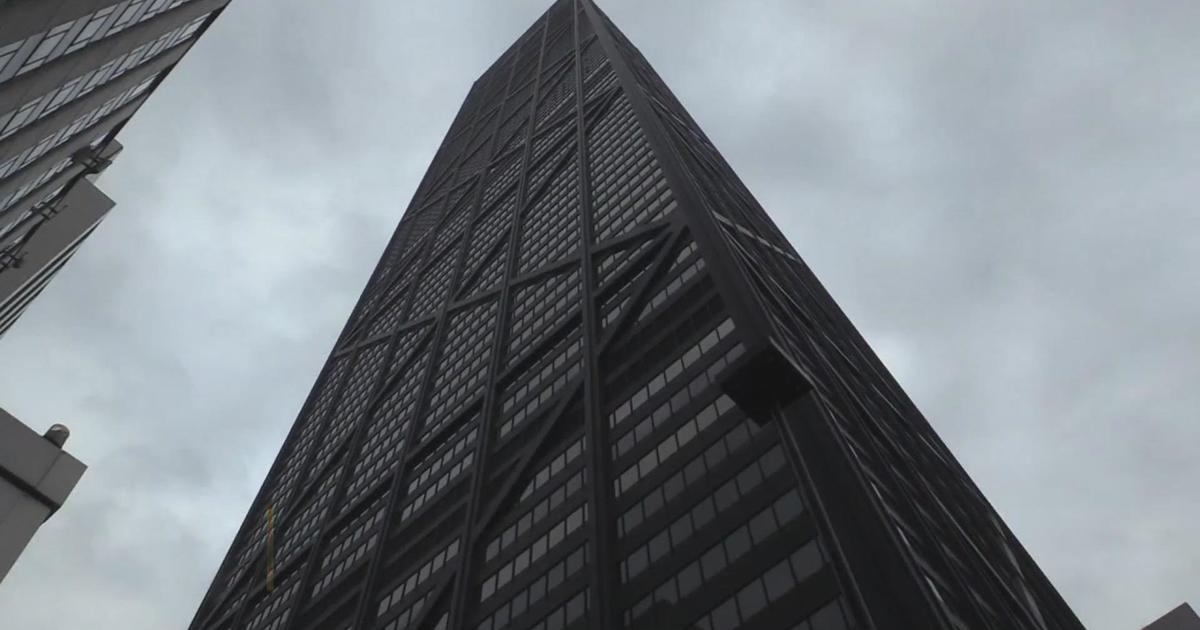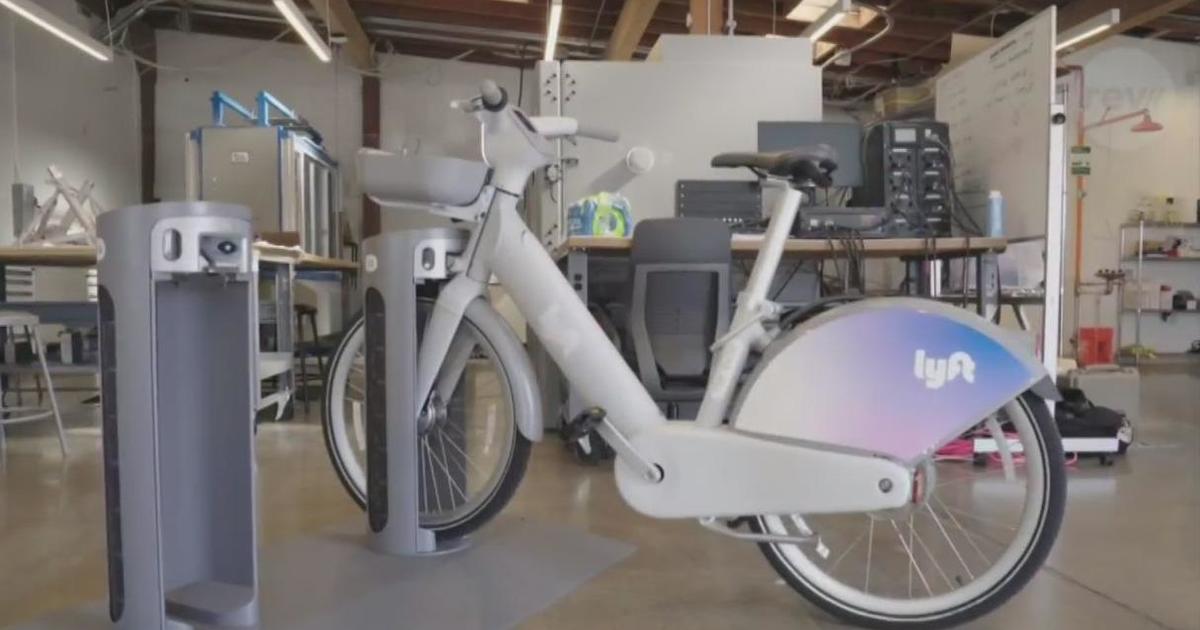DuPage, Kane, Will, And Kankakee Counties Among Illinois Regions Facing New COVID-19 Restrictions Wednesday; Another Day Of More Than 10,000 New Cases Statewide
CHICAGO (CBS) -- Even tougher COVID-19 restrictions are coming Wednesday for three regions of the state, which have seen their infection rates continue to climb more than two weeks after Gov. JB Pritzker announced a crackdown aimed at curbing the resurgence of the virus in those areas.
The announcement came as Illinois reported more than 10,000 new confirmed and probable cases of COVID-19 for the fourth day in a row.
"The virus is winning the war right now," Gov. JB Pritzker said.
Regions 5 (Southern Illinois), 7 (Will and Kankakee Counties) and 8 (DuPage and Kane Counties) will enter Tier 2 of the state's regional coronavirus mitigation plan on Wednesday, including a 10-person limit on indoor and outdoor social events and gatherings, such as weddings, funerals, and potlucks; as well as professional, religious, cultural, and social group gatherings.
Organized group recreational activities such as sports will be limited to the lesser of 25 people or 25% room capacity, with individual groups limited to no more than 10 people. These limits do not apply to gyms and fitness centers.
Bars and restaurants also must limit parties to no more than 6 people per table.
Those three regions of Illinois have been under Tier 1 regional mitigations since late October, but their test positivity rates have continued to rise.
In DuPage and Kane counties, the seven-day average for the test positivity stands at 13.7%, up from 9.5% when the Tier 1 restrictions began on Oct. 3. In Will and Kankakee counties, the positivity rate is up to 16.4%, compared to 9.3% on Oct. 23. Southern Illinois' positivity rate stands at 11.5%, up from 8.7% when it started Tier 1 mitigations on Oct. 22. (Region 5 includes Alexander, Edwards, Franklin, Gallatin, Hamilton, Hardin, Jackson, Jefferson, Johnson, Marion, Massac, Perry, Pope, Pulaski, Saline, Union, Wabash, Wayne, White, and Williamson counties.)
Also From CBS Chicago:
Region 1, covering nine counties in Northwestern Illinois, has been under the same Tier 2 mitigations for two weeks, and likewise has seen its positivity rates keep going up. Its positivity rate stands at 17.6%, up from 13% when it entered Tier 2 mitigations on Oct. 25.
Should positivity rates in those regions continue to climb, they could face the possibility of Tier 3 mitigations, including the suspension of elective surgeries and medical procedures, halting organized indoor and outdoor group recreational activities, suspension of non-essential retail businesses, and pausing salon and personal care services.
Asked why he hasn't ordered Tier 3 mitigations for Region 1 yet, Pritzker said a big part of the problem is that people simply aren't following the existing rules.
"We're working very hard with folks in Region 1 to get mitigations followed, to make sure that people understand there are consequences to not following them. Most especially the biggest consequence is people getting sick," he said.
The governor also noted Region 1 borders both Iowa and Wisconsin, where positivity rates are much higher than Illinois, increasing the risk for people who live there.
Pritzker also admonished local and county elected officials who have been refusing to enforce tighter COVID-19 restrictions he's ordered. The entire state currently is under at least Tier 1 regional mitigations, which ban indoor dining and bar service, and limit most public gatherings to no more than 25 people. Northwestern Illinois is the only region under Tier 1, though Regions 5, 7, and 8 will join them on Wednesday.
"Too many local officials across the state are ignoring their local public health departments, and doing nearly nothing to assist their residents in following even the most basic COVID-19 guidelines. Some elected leaders are allowing this continued rise in positivity to balloon out of control while taking no action," Pritzker said.
Illinois Public Health Director Dr. Ngozi Ezike said people also need to take individual responsibility for the resurgence of the virus, by making sure they are following the most basic protections against the virus: wearing masks in public, regularly washing their hands, and keeping at least six feet away from others whenever possible.
"By not doing these things, the virus just continues to get ahead of us. It continues to spread, leading to more and more cases, more and more hospitalizations, and unfortunately more deaths," she said.
Meantime, the Illinois Department of Public Health reported 10,573 new confirmed and probable cases of COVID-19 in Illinois on Monday, as well as 14 additional deaths. It was the fourth day in a row Illinois has announced more than 10,000 new coronavirus cases statewide.
"As the weather turns cooler, and more activity is driven inside, we may have a real problem on our hands," Pritzker said at his daily coronavirus briefing. "Our new daily cases are up nearly 380% since October 1st. Our statewide test positivity is up over 180% in the last five weeks. And both our statewide COVID-19 hospitalizations and deaths per day are up more than 150% in the same time period."
Since the start of the pandemic, Illinois has now reported a total of 498,560 cases of COVID-19, including 10,210 deaths.
On Friday, IDPH began reporting probable COVID-19 cases, in addition to those confirmed by molecular tests, but even before that change in counting, Illinois had set multiple records for new cases in October and November. If probable tests are later confirmed by a molecular test, they will be counted only once.
The state's seven-day average case positivity rate now stands at 11.4%, three times higher than it was just one month ago. The case positivity rate is now the highest it's been since May 25, when the rate was 12%.
As of Sunday night, 4,409 coronavirus patients were being treated in Illinois hospitals, including 857 people in intensive care, and 376 on ventilators. The overall hospitalization number is the highest it's been in Illinois since May 13. The number of patients in the ICU is the highest its been since June 2, and the number of people on ventilators is the highest it's been since June 10.






